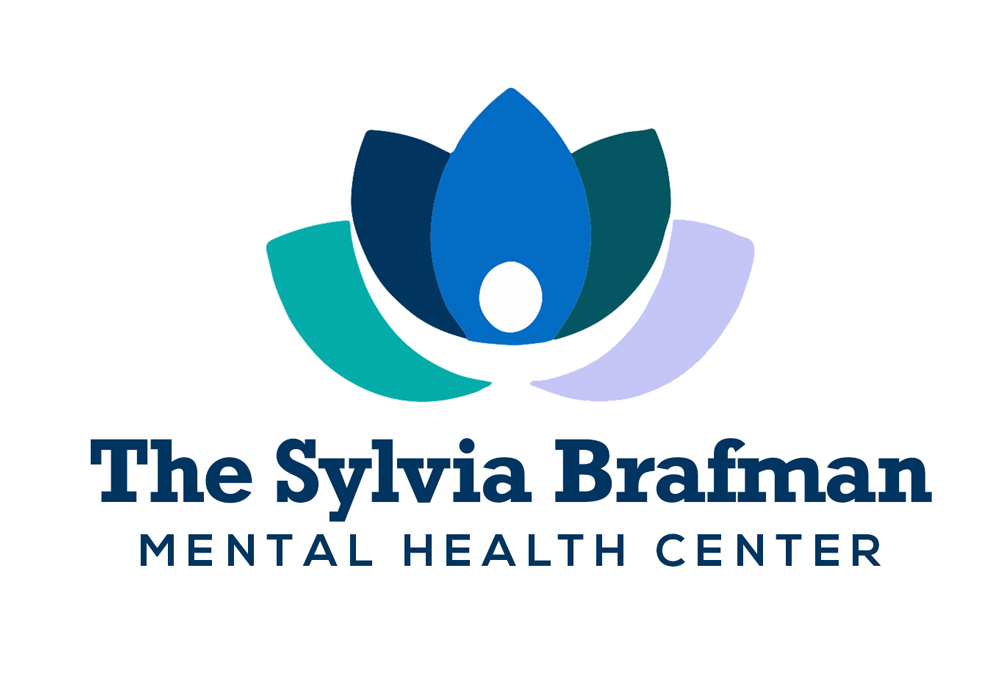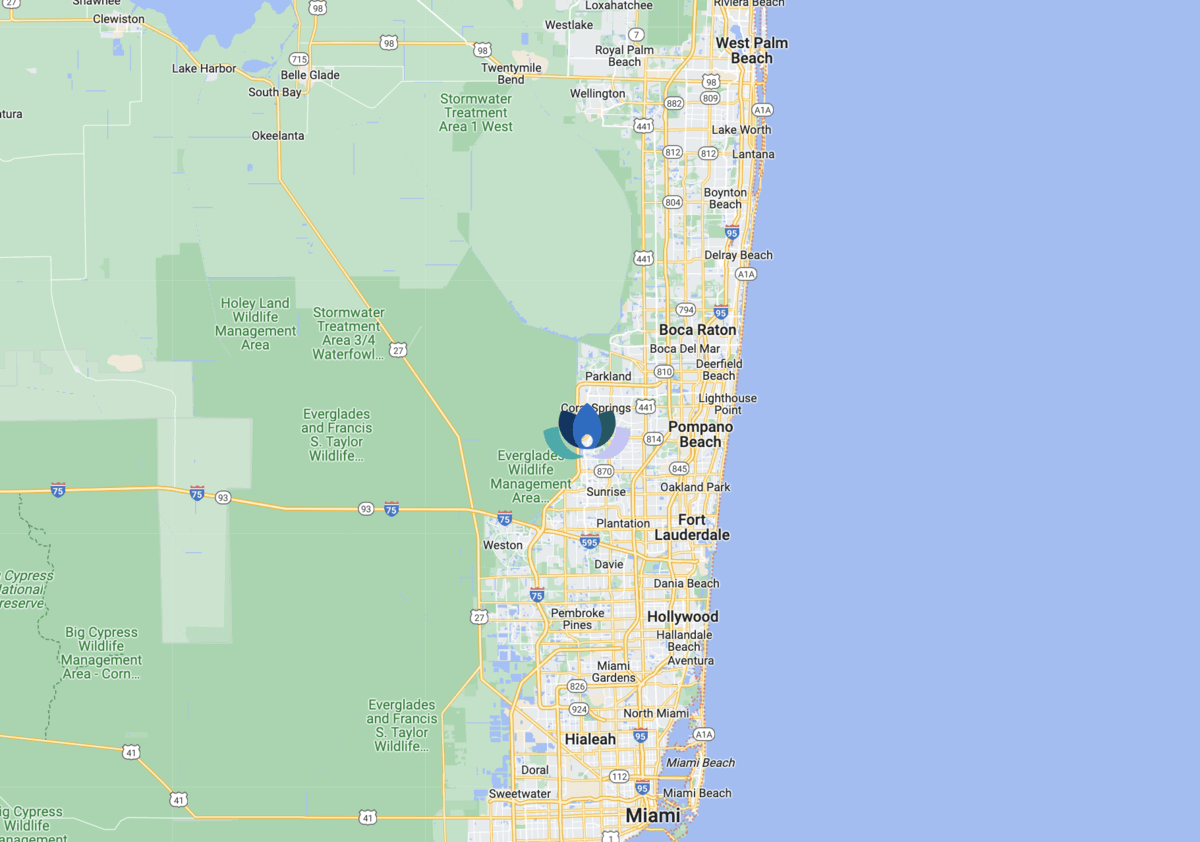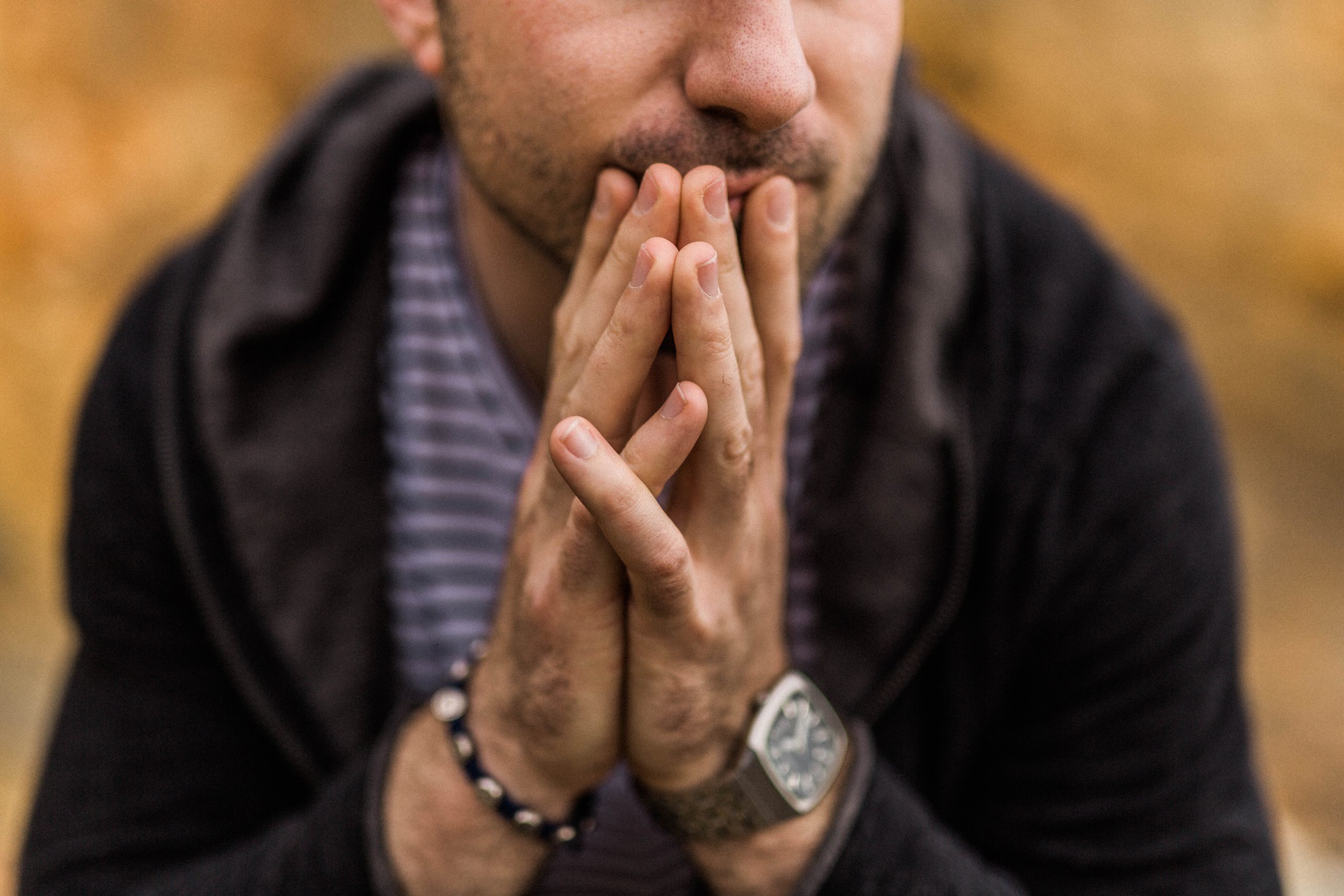The Sylvia Brafman Mental Health Center in South Florida is a treatment center for adults with various mental health disorders, including Body Dysmorphic Disorder (BDD). Are you or someone you love experiencing emotional distress over appearances? Gain insight into body dysmorphic disorder treatment on this page. Call (877) 958-9212 to get started with a free assessment or for immediate support.

Body Dysmorphic Disorder (BDD) Treatment Facility in Fort Lauderdale, Florida
What Is BDD?
Body Dysmorphic Disorder (BDD), also known as dysmorphophobia, is a mental health condition where you become excessively concerned about flaws in your appearance, often focusing on small or nonexistent imperfections. These obsessive body image thoughts can lead to behaviors like compulsive mirror checking, excessive grooming behavior, or even skin picking due to body image perceptions.
BDD can severely affect your self-esteem, causing emotional distress and anxiety. There’s also a link between social anxiety and body dysmorphia, and you may fear judgment about your appearance, making it difficult to interact with others. The obsession with physical appearance may also lead to a fixation on cosmetic surgery as a solution.
Effective body dysmorphic disorder treatment, such as psychotherapy and cognitive behavioral therapy for BDD, can help you address these distorted thoughts and improve your mental health and body image issues.

Do Mental Health Centers Provide Treatment for BDD?
Yes, mental health centers do provide body dysmorphic disorder treatment. If you’re struggling with BDD, seeking help from a mental health treatment center like Sylvia Brafman is an important step toward recovery. We offer psychotherapy for body dysmorphic disorder, such as cognitive behavioral therapy, which is proven to be effective in addressing the obsessive thoughts and behaviors associated with BDD.
At a mental healthcare facility, you can receive support to challenge your distorted body perception, reduce compulsive behaviors like mirror checking and excessive grooming, and improve your self-esteem. Body dysmorphic disorder treatment may also address common co-occurring disorders, such as OCD, anxiety, depression, substance misuse, and eating disorders. At a dual diagnosis treatment center like The Sylvia Brafman Mental Health Center, co-occurring conditions are treated simultaneously for the most successful recovery results.
Types of Body Dysmorphic Disorder Treatment Programs
When seeking treatment for Body Dysmorphic Disorder (BDD), there are various programs designed to address your unique needs. The following list includes examples of treatment options available, though it’s not exhaustive. Each body dysmorphia treatment program offers a different level of care, allowing you to choose the one that best fits your needs for recovery.

At The Sylvia Brafman Mental Health Center in sunny Fort Lauderdale, Florida, our compassionate team is eager to help you with specialized treatment for Body Dysmorphic Disorder. We have a broad spectrum of treatment programs, including IOP and PHP. Don’t hesitate any longer, connect with us today! You can both contact us directly or fill out the form below for a prompt callback.
"*" indicates required fields

Types of Counseling and Therapy Body Dysmorphic Disorder
There are various types of counseling and therapy available to help you manage body dysmorphic disorder symptoms. The following are examples of therapeutic approaches that can support your recovery. These treatments focus on addressing the causes of BDD, as well as helping you develop healthy coping mechanisms.

Does Insurance Cover Body Dysmorphic Disorder Treatment Programs?
Yes, insurance often covers body dysmorphic disorder treatment programs. Coverage varies, so it’s essential to check your insurance policy to understand what treatments are included. Many insurance plan providers offer coverage for mental health services like Cognitive Behavioral Therapy (CBT), outpatient programs, and care at a holistic treatment center.
You may need to get prior authorization for certain treatments or choose a provider within your insurance network. It’s helpful to reach out to Sylvia Brafman to verify your coverage for the treatment of body dysmorphic disorder symptoms.
How to Find Body Dysmorphic Disorder Treatment Facilities In Florida
Finding effective Body Dysmorphic Disorder (BDD) treatment facilities in Florida is an essential step toward recovery. The Sylvia Brafman Mental Health Center, 7710 NW 71st Ct., Tamarac, Florida, 33321, is a specialty treatment center accredited and renowned for its commitment to providing evidence-based mental health treatment programs. Call us at (877) 958-9212 to learn more and schedule a free assessment.

How Much Does Body Dysmorphic Disorder Treatment Cost?
Body Dysmorphic Disorder (BDD) treatment costs can vary by facility, type of program, and length of treatment. Factors such as whether you choose inpatient, outpatient, or residential care, as well as the inclusion of therapies like Cognitive Behavioral Therapy (CBT) or group therapy, will also influence the overall price. Psychotherapy for body dysmorphic disorder averages $100 to $250 without insurance.
Insurance coverage can reduce out-of-pocket costs, but it’s essential to verify what your insurance plan covers before starting treatment. Some facilities, including Sylvia Brafman, may offer payment plans if you need financial assistance. To get a more accurate estimate, it’s best to reach out to us directly. Our patient advocates are standing by to discuss treatment options and pricing.
What Is the BDD Treatment Admissions Process?
The intrusive thoughts treatment admissions process is structured to ensure you receive personalized care for managing OCD intrusive thoughts. Remember that taking this step is a profound move toward a healthier life, free from the constraints of intrusive thoughts. While the process can vary from one treatment center to the next, below we’ve provided a general overview for your consideration:
- Initial Contact: The process starts with initial contact, either by phone or online. This is a chance to ask questions about the program, discuss your needs, and express any concerns. It’s also an opportunity for us to gather basic information and determine if our services are a good fit for you.
- Intake Assessment: During the intake assessment, a patient advocate will gather more detailed information about your medical history, mental health background, and specific body dysmorphic disorder symptoms. This assessment helps us understand your unique situation and determine the best course of action for your care.
- Evaluation and Diagnosis: Following the intake assessment, a licensed therapist or psychologist will conduct an evaluation to make an official diagnosis. This may involve interviews, questionnaires, and a review of your symptoms to confirm that BDD is the appropriate diagnosis; it will also identify any co-occurring mental health conditions.
- Personalized Treatment Plan Development: Once diagnosed, a personalized course of treatment is created to address your needs. The plan outlines the types of therapy that will be most effective for your recovery, such as Cognitive Behavioral Therapy (CBT), group therapy, or other evidence-based treatments tailored to your body dysmorphic disorder symptoms and goals.
- Insurance Verification and Financial Counseling: The next step involves verifying your insurance coverage, if applicable, to ensure that your treatment will be covered. Financial counselors will assist with confirming your benefits and provide guidance on payment options, including alternative payment solutions if needed.
- Admission Approval: After the insurance verification and financial arrangements are made, we’ll review all information and give final approval for admission. This is where you’ll receive confirmation that you’ve been accepted into the program and will begin your treatment at the agreed-upon time.
- Family Orientation (If Applicable): If family therapy is part of your treatment plan, you and your loved ones will be invited to a family orientation session. This session helps educate your family members about BDD and how they can support your recovery. It’s an opportunity for them to ask questions and learn how to assist you during treatment.
- Admittance to the Program: Upon approval, you will officially be admitted to the program. You will start participating in the treatment as scheduled, attending therapy sessions, and engaging in the recovery process. We’ll provide you with all the necessary information to ensure a smooth transition.
- Ongoing Monitoring and Adjustments: Throughout your treatment, our professionals will continuously monitor your progress. Regular check-ins allow the treatment team to assess your response to therapy and make adjustments to your treatment plan as needed. This ensures you receive effective care at every stage of recovery.
What Happens at a BDD Treatment Facility?
At a Body Dysmorphic Disorder (BDD) treatment facility, you will receive comprehensive care that addresses body dysmorphic disorder symptoms and the underlying psychological and behavioral aspects. Treatment typically involves a combination of therapy and behavioral interventions, such as Cognitive Behavioral Therapy (CBT). CBT challenges distorted thoughts and behaviors related to your appearance.
You may also participate in mindfulness or acceptance-based therapies to improve emotional regulation and self-acceptance. Throughout your treatment, you’ll work closely with mental health professionals who tailor the approach to your needs. The goal is to reduce distress caused by perceived physical flaws, improve your relationship with your body, and help you regain control over daily functioning.



